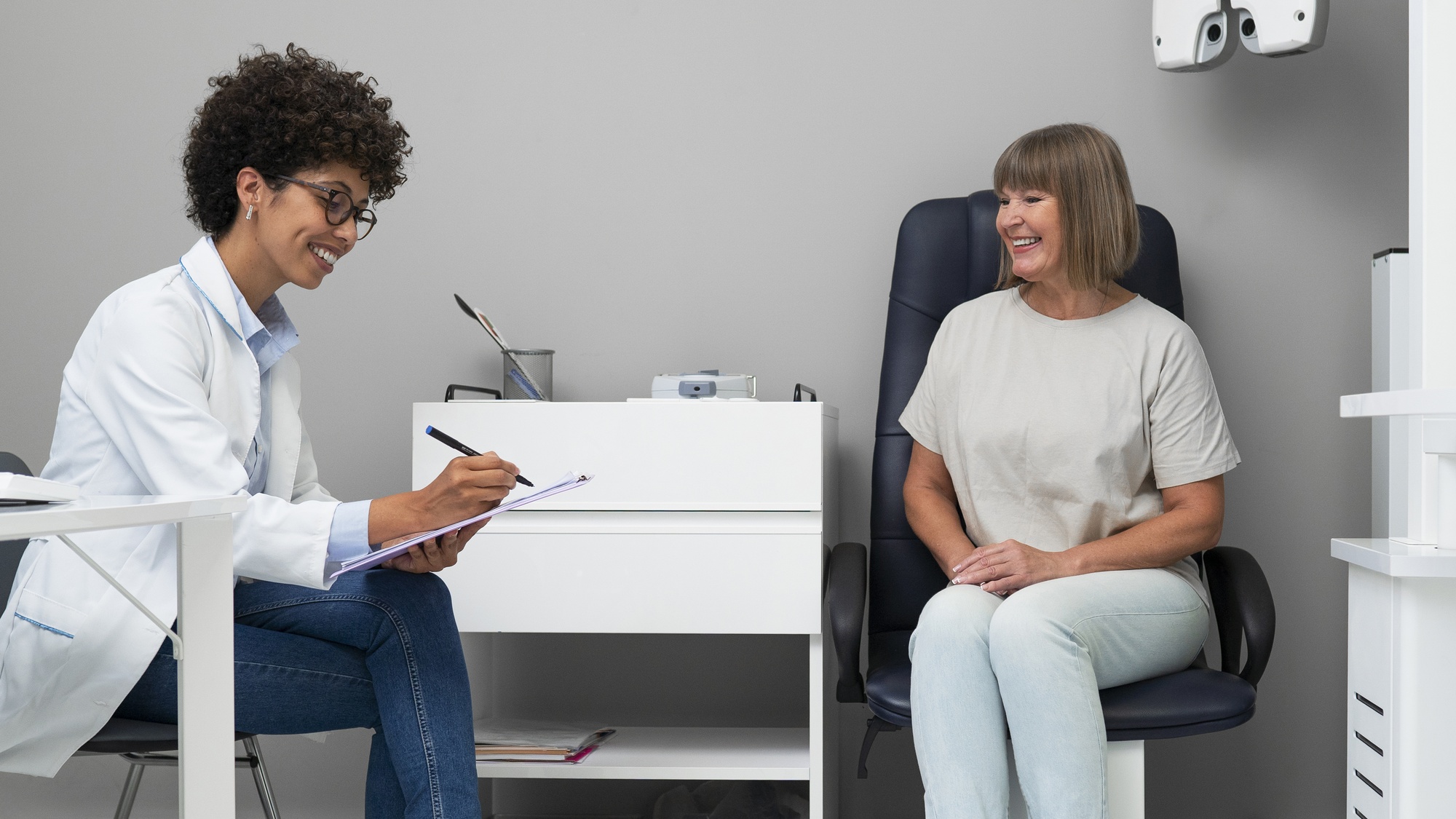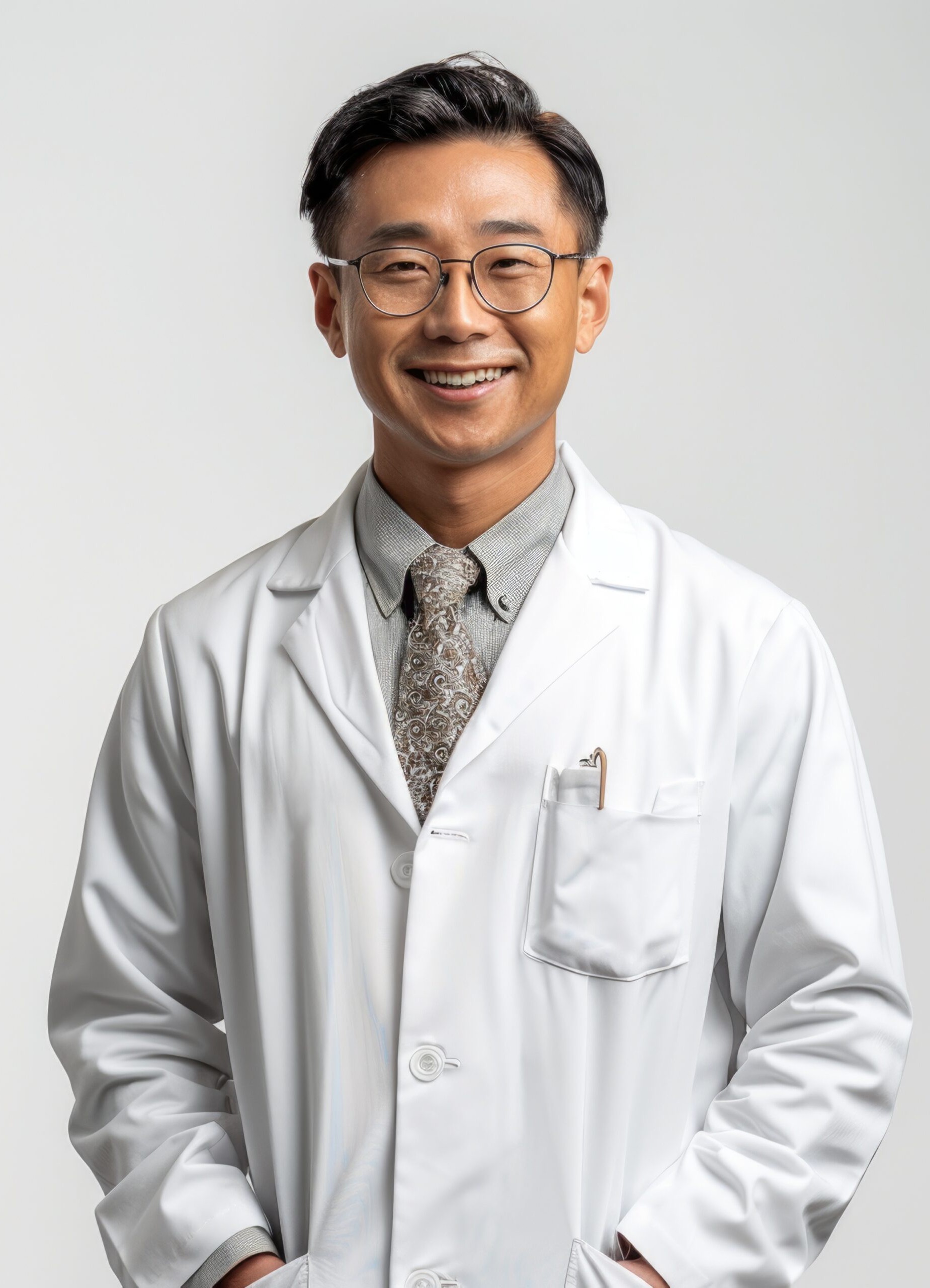Esophagogastroduodenoscopy (EGD) in Louisiana
What is an esophagogastroduodenoscopy?
An EGD (esophagogastroduodenoscopy) is an endoscopic treatment where a long, slender, soft tube, or “scope” is placed into a patient’s mouth and moved to the beginning of the small intestine, known as the duodenum. The scope has a camera and light at the end, which allows our GI specialists at GastroGroup & Endocenter to easily examine the lining of the esophagus, stomach, and the beginning of the small intestine.
An esophagogastroduodenoscopy procedure may be suggested as a way to determine the cause of gastrointestinal problems, like pain in the abdomen, heartburn and/or acid reflux, difficulty swallowing, bleeding, or abnormal findings from an x-ray. An EGD may also be performed for Louisiana patients with chronic heartburn symptoms to look for signs of esophageal cancer. If you require an EGD, request a visit with a gastrointestinal specialist at GastroGroup & Endocenter.

What are the benefits of an EGD?
Undergoing an esophagogastroduodenoscopy test can be beneficial for several reasons. The procedure can allow your GI specialist to directly evaluate the inner lining of your esophagus, stomach, and the first portion of the small intestine (called the duodenum). Further benefits of an EGD are:
- Enables the removal of polyps, tissue biopsies, and other small procedures
- Typically provides a safe, quick, and efficient process
- Aids in diagnosing a range of gastrointestinal conditions (including gastrointestinal infections, Crohn’s disease, celiac disease, GERD, and others)
- May help diagnose the causes of certain symptoms, such as pain or discomfort, heartburn, nausea, and vomiting
What can I expect the day before my esophagogastroduodenoscopy?
You will get pre-op instructions from your GI specialist regarding the preparation required for your EGD. Most patients are allowed to eat their regular meals the day leading up to the exam. We may ask you not to take anything by mouth after midnight, with the exception of certain medications. It is crucial to abide by the instructions given to you by your doctor at GastroGroup & Endocenter. There will also be additional guidance about any medications you take. Generally, your medications will be continued as normal. This may not be true of all medications, particularly with blood thinners (i.e., Plavix®, Coumadin®, warfarin, anti-inflammatories, aspirin) or for diabetics. In these cases, your doctor will provide different instructions.
What should I expect on the day of my EGD?
We will ask you to show up to the endoscopy center in Louisiana about an hour or an hour and a half before your procedure. You will need to replace your clothes with a medical gown. An intravenous (IV) catheter will be started in your arm so sedation can be administered. We’ll have you connected to special equipment that allows your doctor to keep track of your heart rate, blood pressure, and more throughout your exam.
After settling into the exam room, we’ll ask you to relax on your left side on our exam table. Intravenous (IV) sedation will be started. Once you are sedated, the endoscope will be inserted into your mouth. The scope will be carefully snaked through the esophagus, stomach, and the the first portion of the small intestine (duodenum). Injecting a small amount of air through the scope into the GI tract will help the team see the area better. Any remaining fluid in your upper GI tract will be removed through the scope. Depending on the results of the exam, a number of things could be implemented, like control of bleeding, the removal of polyps, and biopsies. You can expect that the exam takes about 10 – 20 minutes. Following the exam, you will be taken to one of our comfortable recovery rooms so we can monitor you while the sedation begins to wear off.
When will I receive my test results?
Once the exam is complete, our GI specialist will review the outcome of your examination with you. Many patients can’t remember what they were told later on because of the effects of the IV sedation. We encourage you to bring a friend or family member with you with whom the results can also be discussed. You will also go home with a typed report. In a number of situations, you will be informed of any biopsy results in a week.
Does an EGD carry any risks?
Typically, an EGD is a safe and reliable procedure with complications only developing in about 1% of patients. Generally, these complications are non-life-threatening. However, if a complication occurs, it may result in hospitalization and surgery. Before your exam, a consent form will be shared with you by our team. If you have any questions or concerns, these can be discussed with our team prior to your EGD.
Such as any other test, the EGD is not perfect. There is a small, recognized possibility that irregularities, like cancers, can be undiscovered at the time of your esophagogastroduodenoscopy. It’s important to maintain visits with our gastrointestinal doctors and inform them of any new or incessant symptoms.
Are there alternate options to an esophagogastroduodenoscopy?
Generally, the substitutes to the exam will depend on the cause of requesting an esophagogastroduodenoscopy to begin with. In most cases, an EGD is the best way to evaluate and treat abnormalities in the upper GI tract. Although, the x-ray called an upper GI/barium swallow can check the upper GI tract too. This is, keep in mind, just a diagnostic test. Treating any findings might require an EGD or surgery.
EGD FAQs
Are an EGD and upper endoscopy the same procedure?
You may hear an EGD referred to by a few different names. In some instances, it may be termed a “gastroscopy” or an “upper endoscopy.” Although these terms may vary, they are usually the same procedure as an EGD.
What are considered "normal" results for an EGD test?
Results that are “normal” for an EGD test often mean that the GI specialist did not detect areas of concern in the upper portion of the GI tract. However, normal EGD results may be represented by a smooth texture and normal color in the esophagus, stomach, and duodenum. There also should not be any evidence of bleeding, growths, or inflammation in these areas. It is imperative to understand that a “normal” result does not always rule out all health conditions. Some health issues may not be detectable with this type of test or may be located in another area of the gastrointestinal tract, beyond the reach of the endoscope utilized throughout the process.
When would an EGD be requested?
After an anorectal manometry test, you can typically resume your normal activities right away, as there are usually no specific post-procedure restrictions unless your doctor advises otherwise. However, if you experience any unusual symptoms like significant rectal bleeding or severe pain, it’s important to contact your healthcare provider immediately.
What should I bring to my EGD exam?
When you arrive at the facility for your esophagogastroduodenoscopy test, you might be asked to complete some paperwork. As such, please bring your identification and insurance card with you to your visit. It might be a good idea to carry a list of all nonprescription and prescription medications you take, the dosages, and the conditions for which you take them. We encourage you to leave any valuables, such as jewelry, at home.

